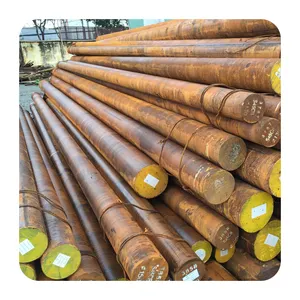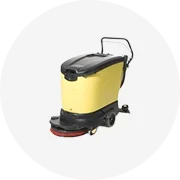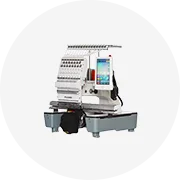Phổ biến trong ngành của bạn













































Các danh mục hàng đầu
Giới thiệu về thép 8cr13mov
Nâng cao hiệu suất của thiết bị làm lạnh và trao đổi nhiệt với các thiết bị sao này. thép 8cr13mov chỉ có tại Alibaba.com. Các. thép 8cr13mov bao gồm các tính năng và công nghệ đáng kinh ngạc giúp thiết bị của bạn chạy hiệu quả. Những cái này. thép 8cr13mov sẽ khiến bạn quên đi tất cả các loại gián đoạn và ngắt ngoài ý muốn khiến hoạt động của chúng bị trật khỏi các chức năng bình thường của chúng. Chúng được làm bằng vật liệu chắc chắn, có độ bền cực cao và phù hợp hoàn toàn với thiết bị.
Vật liệu và thiết kế được sử dụng trong những loại thiết bị này. thép 8cr13mov được cải tiến để nâng cao tuổi thọ đồng thời ngăn ngừa hư hỏng do gỉ và ăn mòn. Các. thép 8cr13mov có khả năng chống chịu cao với nhiệt độ khắc nghiệt và các điều kiện khác như độ ẩm, nếu không sẽ làm giảm tuổi thọ của chúng. Tất cả. thép 8cr13mov đáp ứng các tiêu chuẩn thông số kỹ thuật quy định về chất lượng và việc lắp đặt chúng rất đơn giản, điều này làm cho chúng phù hợp với thiết bị của bạn.
Đánh giá khác nhau có lợi. Phạm vi thép 8cr13mov tại Alibaba.com. Bạn sẽ nhận được các mặt hàng được đánh giá cao nhất và tận hưởng lợi nhuận tốt nhất từ tiền của bạn. Khám phá các ưu đãi không thể cạnh tranh cho. thép 8cr13mov nhà bán buôn và nhà cung cấp và đưa doanh nghiệp của bạn lên một tầm cao mới.






















